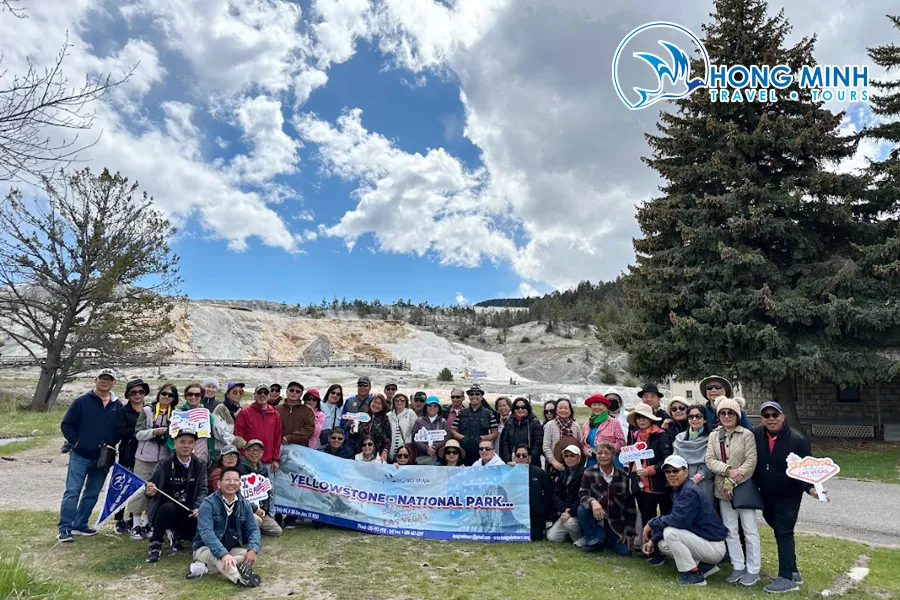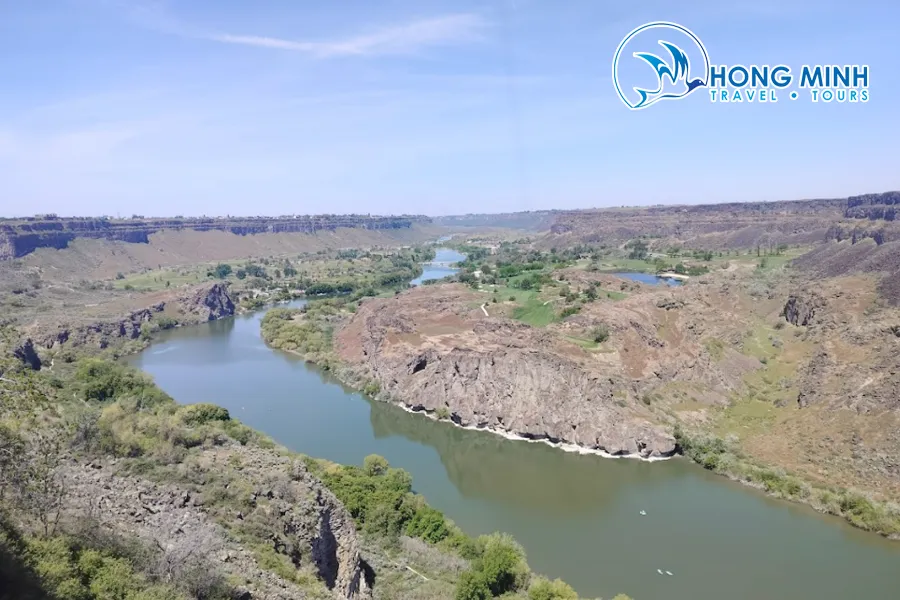Have you ever dreamt of immersing yourself in the wilderness, quietly observing and capturing the everyday moments of marvelous creatures? Wildlife photography is more than just a hobby; it’s a journey of patience, meticulousness, and a deep love for nature. And if you’re a photography enthusiast with a passion for the mysterious beauty of owls, Idaho is an unmissable destination. Here, you’ll have the chance to experience photographing the great horned owl, one of North America’s most magnificent and captivating birds of prey.
The Enigmatic Beauty of Great Horned Owls and Their Irresistible Appeal to Photographers
The Great Horned Owl is not only striking due to its imposing size and mesmerizingly large, round eyes, but also boasts stunning plumage with intricate patterns. They are symbols of mystery and power in the natural world, often appearing in the darkness or at dawn and dusk, exuding an eerie and captivating beauty. This is why great horned owls are a constant source of inspiration for wildlife photographers.
Photographing great horned owls is not easy, requiring patience, skill, and a certain level of knowledge about this bird species. However, the rewards for those who overcome the challenge are well worth it. It’s the chance to admire the wild beauty of great horned owls up close, capture unique moments, and feel a deep connection with nature.
Idaho – A Paradise for Great Horned Owl Photography
Idaho, a mountainous state in the Northwestern United States, is renowned for its diverse natural landscapes and rich ecosystems. From dense forests and majestic mountains to sprawling grasslands and picturesque rivers, Idaho provides an ideal habitat for many wildlife species, including the great horned owl.
With its vast forests and low population density, Idaho offers a tranquil living space and abundant food sources for great horned owls. You can find them throughout the state, from suburban areas and city parks to pristine national forests. Especially in the spring, when great horned owls begin their breeding season, the opportunity to observe and photograph them becomes even easier.
Ideal Locations for Great Horned Owl Photography in Idaho
- Boise National Forest: This vast forest is home to a variety of wildlife, including great horned owls. Explore the hiking trails and search for great horned owls in their natural environment.
- Ponderosa State Park: Located near McCall, this park features numerous forested areas and lakes, making it an ideal place to observe great horned owls. Try hiking along the lakeshore or exploring the pine forests to find them.
- Sawtooth National Forest: This stunning national forest is not only famous for its majestic mountain scenery but also a habitat for many birds of prey. Great horned owls are often found in the forested areas and valleys of the national forest.
- Deer Flat National Wildlife Refuge: Situated near Nampa, this refuge provides shelter for many bird species, including great horned owls. You can visit the refuge and look for great horned owls in a protected environment.
- Suburban Areas and City Parks: Sometimes, you don’t have to go far to find great horned owls. They can appear right in suburban areas or city parks in Idaho. Pay attention to tall trees and quiet areas, and you might be lucky enough to spot them.

Tips for Successful Great Horned Owl Photography in Idaho
To have a successful great horned owl photography session in Idaho, you need careful preparation in terms of knowledge, skills, and equipment. Here are some helpful tips for you:
1. Learn About Great Horned Owl Behavior and Habitat
Before embarking on your photography journey, take the time to learn about great horned owls. Research their behavior, diet, preferred habitats, and breeding season. This will make it easier for you to find and approach them. Great horned owls are most active at dawn and dusk, preferring dense forests, areas near water sources, and tall trees for perching and hunting.
2. Prepare Suitable Equipment
- Camera: A DSLR or mirrorless camera with good low-light performance is ideal.
- Lens: A telephoto lens with a long focal length (300mm or longer) will allow you to capture close-up shots of great horned owls from a safe distance, avoiding startling them.
- Tripod: A sturdy tripod is essential for keeping your camera stable when shooting at slow shutter speeds, especially in low light conditions.
- Clothing: Choose neutral-colored clothing that blends in with the natural environment. Dress warmly as the weather in Idaho can be quite cold, especially in the early morning or late evening.
- Binoculars: Binoculars help you observe great horned owls from a distance and pinpoint their location before approaching to take photos.
3. Be Patient and Respectful
Wildlife photography requires a high degree of patience. You may have to wait for hours to get a satisfactory moment. Always be respectful of great horned owls and their habitat. Avoid making loud noises, encroaching on their private space, and disturbing them. Always maintain a safe distance and use a telephoto lens to photograph from afar.
4. Choose the Right Time and Location
The best time to photograph great horned owls is in the spring, when they are in their breeding season and more actively vocal. Early morning and late evening are the times when they hunt, also when natural light is most beautiful for photography. Choose locations with suitable habitats for great horned owls, such as dense forests, areas near rivers and lakes, or parks with many tall trees.
5. Use Appropriate Photography Techniques
- Shoot in RAW: RAW format helps you retain the most image detail and allows for easy post-processing adjustments.
- Prioritize a Wide Aperture: Use a wide aperture (smaller f-number) to create a shallow depth of field, highlighting the great horned owl subject.
- Increase ISO When Necessary: In low-light conditions, you can increase the ISO to ensure a fast enough shutter speed, preventing blurry images. However, consider this carefully to maintain the best image quality.
- Use Continuous Shooting Mode: Continuous shooting mode helps you not miss any moments, especially when the great horned owl moves or takes unexpected actions.
- Pay Attention to Light: Dawn and dusk light is often very beautiful and soft, creating impressive photos. Take advantage of natural light to highlight the beauty of great horned owls.

Share Your Experience and Spread the Love of Nature
After each great horned owl photography session in Idaho, share your photos and stories with the photography and nature-loving community. This not only helps you preserve memorable moments but also inspires and spreads the love of nature to everyone. Remember that every beautiful wildlife photo contributes to raising awareness about conservation and protecting their habitats.
Conclusion
Experiencing great horned owl photography in Idaho is an exciting and meaningful journey. More than just an opportunity to challenge your photography skills, it’s also a chance to immerse yourself in the wilderness, discover the mysterious beauty of owls, and feel a deep connection with the natural world. If you are a photography enthusiast and love wildlife, come to Idaho and experience this unforgettable great horned owl photography journey. Surely, you will bring back stunning photos and memorable experiences of a wild and captivating land.